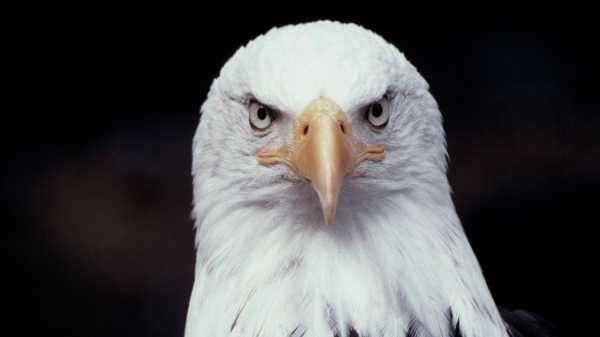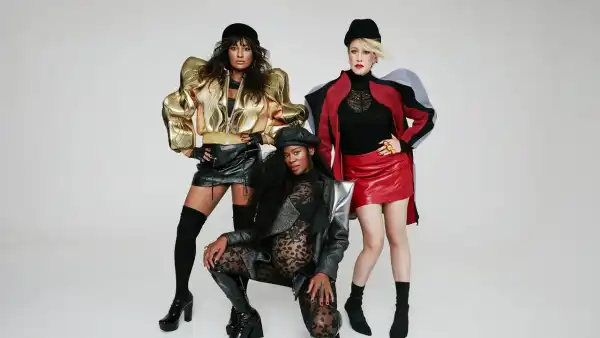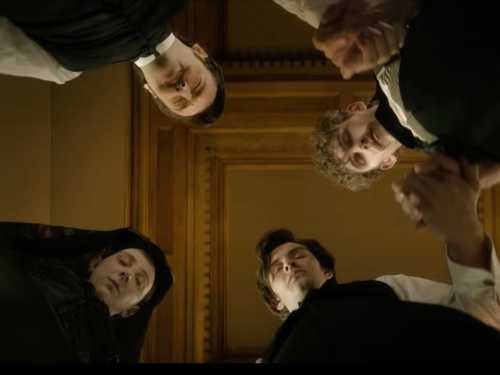
Catskill, New York—the small Hudson River town where the American
painter Thomas Cole lived and worked, from 1825 to 1847—is also home to
the RamsHorn-Livingston Sanctuary, which contains four hundred and
thirty acres of tidal marsh, upland forest, and fallow farmland, and is
presently occupied by common loons, great blue and green herons, wood
ducks, mallards, a pair of bald eagles, northern harrier and red-tailed
hawks, ruffled grouse, merlin falcons, eastern screech and great horned
owls, belted kingfishers, pileated woodpeckers, warblers, scarlet
tanagers, blue-gray gnatcatchers, a tiny and nervous-looking thrush known
as a veery, and various other species of birds whose names, I will
admit, are perilously delightful to type. There is also a beaver.
This year marks the centennial of the Migratory Bird Treaty
Act of 1918, a U.S. federal law that prohibits anyone from trying to “take, possess, import, export, transport, sell, purchase, barter, or offer for
sale, purchase, or barter, any migratory bird, or the parts, nests, or
eggs of such a bird except under the terms of a valid permit issued
pursuant to Federal regulations.” In essence: don’t mess with birds!
Bald eagles, being both the national bird and national animal of the
United States, enjoy even more federal protections. If a person is
caught pestering one—fussing with its nest, or otherwise interrupting
its daily routine of swooping about and collecting fish—she can be fined
a hundred thousand dollars, imprisoned for as long as a year, or both.
(When the bald eagle was chosen to appear at the center of the Great
Seal of the United States, in 1782, Benjamin Franklin was a little salty
about the choice. In a letter to his daughter, Sally, in 1784, he
derided its hunting methods, which include scavenging and snatching food
from other birds. “For my own part I wish the Bald Eagle had not been
chosen the Representative of our Country. He is a Bird of bad moral
Character. He does not get his Living honestly,” Franklin wrote. He was
more enamored of rattlesnakes. “She never begins an attack, nor, when
once engaged, ever surrenders: She is therefore an emblem of magnanimity
and true courage,” he wrote in 1775, in a letter to the Pennsylvania
Journal.)
In November, the Republican congresswoman Liz Cheney, of Wyoming,
introduced a piece of legislation that the Audubon Society quickly took
to calling “the Bird-Killer Amendment.” It was added to HR 4239, or the
SECURE American Energy Act, during a House Committee on Natural
Resources meeting, and it would revise the Migratory Bird Treaty Act to
better protect energy operators from having to prevent (or be held
accountable for) bird deaths caused by oil-waste pits, transmission
lines, gas flares, and more. “Our operators take multiple precautions
to ensure migratory birds, as well as other wildlife, are not injured
during operations, but if these precautions fail, the current language
could impose criminal liability for the taking of the bird even though
it’s accidental,” Cheney wrote in a press
release.
Her wording is sort of extraordinary, insofar as it circumvents evoking
death directly—“the taking of the bird.” What does it mean? As David
Yarnold, the president and C.E.O. of the Audubon Society, wrote in a
recent editorial, “Birds are doing their best to find ways to live among people, but they
don’t know that an oil pit isn’t a lake and they don’t know how to judge
the speed of the blades on wind turbines.”
If Cheney gets what she wants—the bill, with her amendment, is awaiting
a vote in the House—oil, gas, and turbine companies will no longer be
held financially responsible for butchering avian populations. If this
amendment had been added and passed in, say, 2009, B.P. wouldn’t have
been legally compelled to spend millions of dollars restoring decimated
bird habitats along the Gulf Coast after the Deepwater Horizon exploded
and sank to the bottom of the sea.
This winter, I took to roaming the Catskill sanctuary every day after
lunch. It’s situated less than a mile from the house where Martin Van Buren married his childhood sweetheart, in 1807, and where
the real-life Uncle Sam lived, from 1817 until 1823. (In a terrifically
American twist, a section of the house is now a rather
intemperate-looking tiki bar.) The sanctuary operates via a partnership
between the Audubon Society and Scenic
Hudson, a local land-preservation and
conservation group. On my walks, I saw dozens of cardinals and
yellow-bellied sapsuckers, and the occasional pileated woodpecker,
hammering away for beetles. Sometimes I came across little piles of fur
and bone—gray remnants of whatever an owl had been pecking at the night
before. When the sun hits the tidal marsh from the northwest, around 3
P.M., the cattails sway and glow, as if they’re made of spun gold.
I couldn’t find a bald eagle, though. I would pause excitedly whenever I
encountered a
splattering of white
droppings on the trail, only to gaze longingly up at an unattended nest.
Finally, someone told me that the eagles tend to spend their afternoons
closer to the river, perching on, or around, the Rip Van Winkle Bridge.
There had been abundant sightings farther south, too, between Croton and
Verplanck Points—groups of five or more eagles, tossing a white perch
back and forth. I didn’t want to bother them merely to raise my
binoculars and behold one of their curved yellow beaks. In truth, adult
bald eagles look a little mean. There’s something in their eyes that
conveys furtive, panicked malice (“Though what bird in the best of
circumstances does not look a little stricken?” the writer Lorrie
Moore once
wondered). When an eagle stretches its legs to snatch prey, it appears
nearly bipedal, as if it could handily outpace a grown human in a
footrace. Yet the call of an eagle is strangely
docile: a
series of high, gasping squeaks. The sound reminds me of Mike Tyson,
another renowned Catskill resident (he trained
here, in the late
eighties, at Cus D’Amato’s KO Boxing Gym, on Main Street). I found the
disconnect between eagle squeak and eagle power intriguing, if
suspicious.
Although bald eagles are not presently endangered, they are still
protected by legislation distinct from the M.B.T.A., and that means that
anyone who kills them or interferes with their lives will be punished,
regardless of whether or not Cheney’s amendment is passed. (If you wish,
you may contact your congressperson to protest the amendment by using
this
link.)
But the M.B.T.A. has worked for a century, dutifully protecting birds
against the encroachments of mankind. It’s hard, considering the
Treaty’s future, not to feel the familiar ache of resignation: the way
lobbyists coerce legislation into being, the way corporate interests are
endlessly privileged, the way the difficult, patient work of
conservation is often thwarted in favor of easier, faster money.
Eventually, I did encounter a bald eagle. I was
standing on the banks of the Hudson, my snow boots sinking into February
mud, watching a massive barge go lumbering by. I was thinking something
like, Oh! A barge! Its wake was strong enough to displace a few sizable
sheets of floating ice, which then rushed toward the shore, making
waves. In a moment, I was up to my kneecaps in cold water. As I ran
through my curse words and splashed about willy-nilly, I looked up, and
there was the eagle: circling, huge, strident. I felt as if I should
solemnly raise my hand to my breast and recite the Pledge of Allegiance.
Then I thought of the humiliations that the present Administration has
inflicted. All the old victories that have been overturned. Now they are
coming for the birds.
Sourse: newyorker.com






